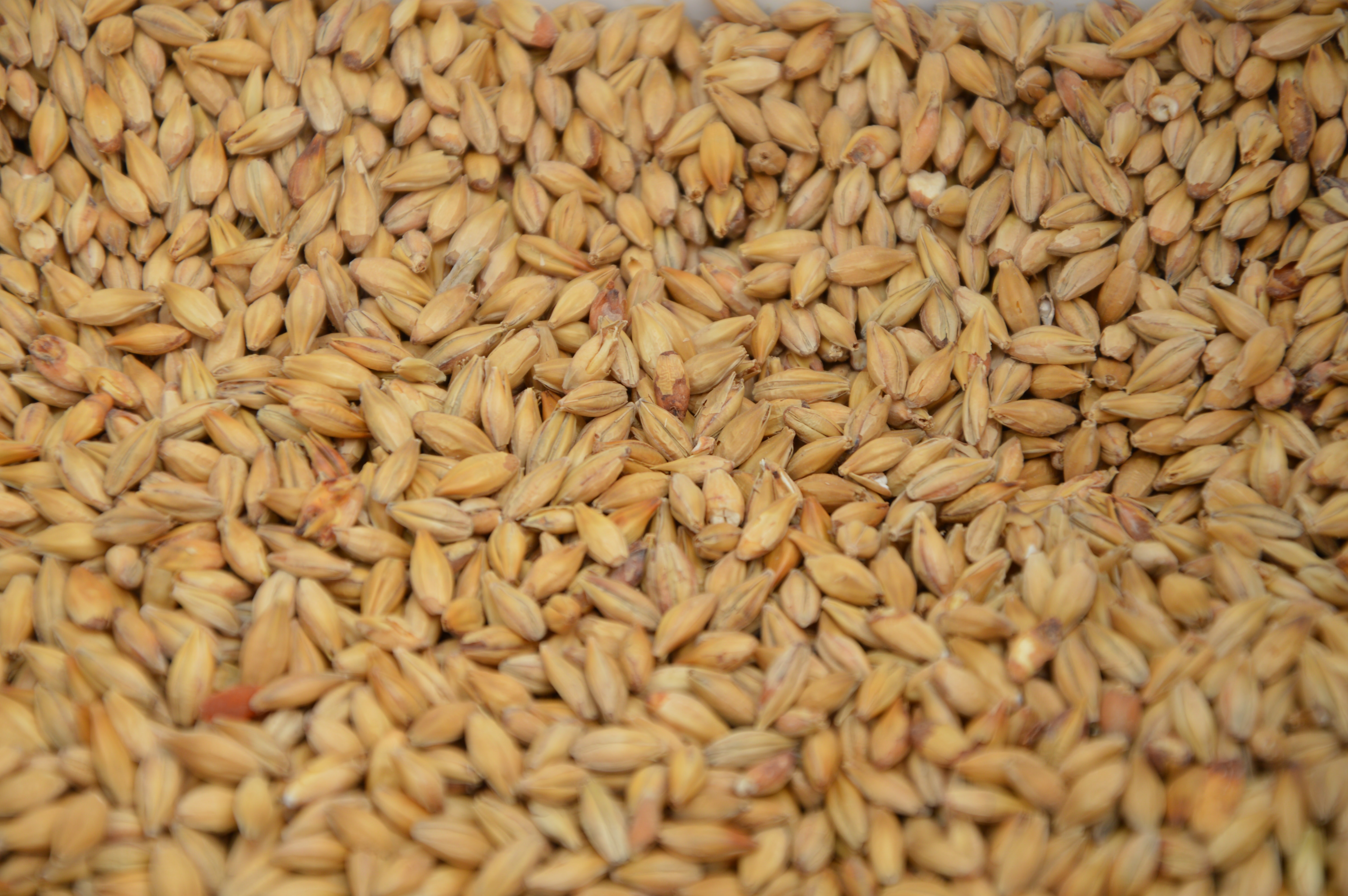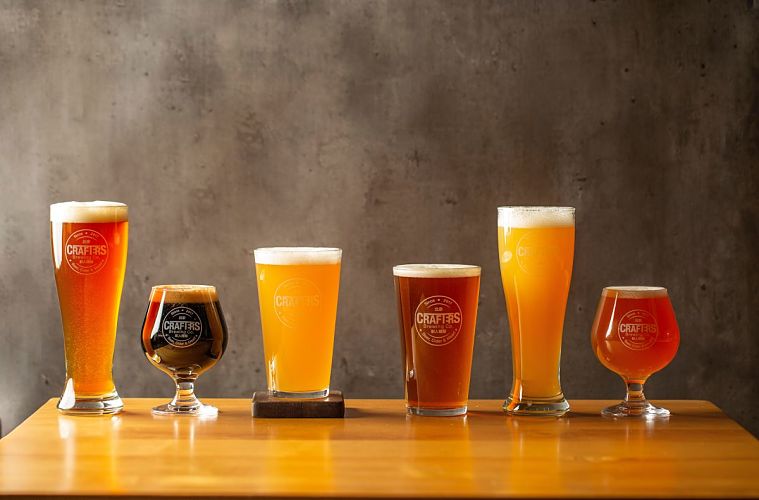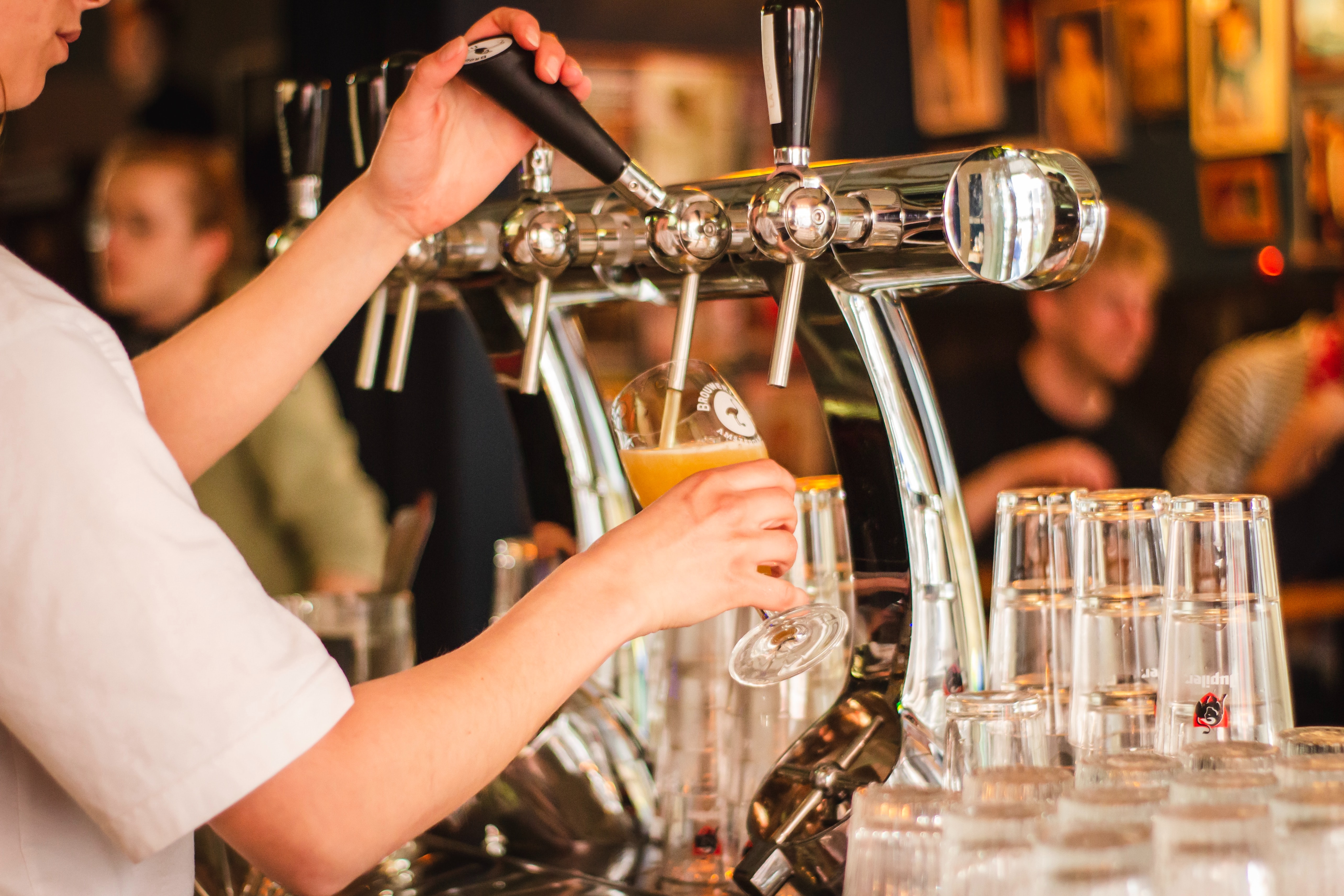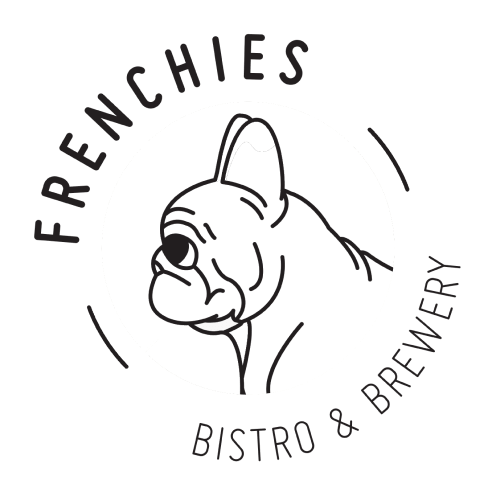The Big 4 - Beer Ingredients: Malt
05 Feb 2022
Ever wanted to know more about what’s in your beer? This series dips into the ingredients that make beer what it is, and what each one brings to the table.
_________________________
Without malt, there would be no beer.
To make beer, you need fermentation; for fermentation, you need sugars for the yeast to eat. Wine gets sugars from grapes, cider gets sugars from apples. Beer gets sugars from malt - mainly malted barley.
Making malt
The people who turn raw grain into malt are called maltsters. First, they soak the barley in water and control the temperature to hijack the grain’s natural processes. Over a few days, they encourage the grain to break down its complex carbohydrates into simple sugars, which it would usually use to feed a sprouting seed and grow a plant. But the maltster then stops the process by drying the grains in a kiln, saving those simple sugars for the brewers to use.
But that’s not all the kiln does. A kiln is a kind of oven, and we all know you can cook things to different degrees in an oven. Maltsters control the temperature, moisture, and duration of the kilning to make different kinds of malt.
Kinds of malt
Pale malts - These malts have spent the least time in the kiln, and like lightly-toasted bread they’ve only changed colour minimally. Since these are the best source of fermentable sugars, pale malts make up the majority of the grain bills for most beers - even dark beers.
Pale malts are lighter in flavour than other malts, providing aromas and flavours of grain products such as bread or biscuits. A beer made from only pale malts will be yellow or straw-coloured, and will generally have a lighter, crisper mouthfeel since more of their sugars get eaten up by the yeast during fermentation. A brilliantly bright lager or a light-coloured pale ale depends on high quality pale malts.
Toasted and roasted malts - These malts have been kilned at a higher temperature, changing both their colour and flavour - think toast that’s been cooked until it’s brown, or even black.
Brewers may use these in small amounts (eg 1-2% of the total malt bill) to add a touch of colour and toasty or nutty flavour to their beer, or they can use more (up to 20%) to make brown or black beers with fuller bodies and big flavours of chocolate and coffee, or even roasty and bitter burnt toast flavour. Without these, we wouldn’t have brown ales, porters and stouts.
Caramel and crystal malts - These have been kilned with more moisture so that some of the sugars caramelise. They brings sweet, complex flavour to a beer, and can give a feeling of being sticky, chewy or syrupy.
Again, they can be used in tiny amounts to add a glint of gold to a beer, or in higher amounts to give richer colours and sticky flavours like caramel and toffee and even dried fruits. Used in combination with toasted and roasted malts, crystal and caramel malts can help make up all kinds of beautiful hues and delicious flavours in a beer. If you’ve enjoyed a deep gold West Coast IPA or a shining red ale, you’ve seen some of the glory of these malts.
Malts other than barley - Grains other than barley can be used in beer as well, and each affects the body and flavour in different ways. Wheat can add to the mouthfeel, help the foam to stick around for longer, and can sometimes bring a dry or tart character to a beer; oats give a beer a smooth, silky or even creamy body, which is lovely in a stout or hazy IPA; rye is known to bring a spicy taste; and rice and corn are used to dry out a beer for maximum crispness in the mouth.
Tasting the difference
Malt is responsible for so much of the wonder of craft beer. I always marvel in the range of colours from the palest pilsner, through the amber ales, red IPAs and brown ales to the blackest stout.
There’s always more we could say about malt. We could talk about how malt is the source of the alcohol in a beer, and so helps determine whether a beer will contain 2.8% ABV like Newstead’s Electric Arc, or 10.0% ABV like Exit’s Campfire Imperial Stout. The latter also demonstrates what smoked malt can bring to a beer, which we didn’t even cover in this article.
But perhaps the best thing to do is grab a couple of beers and taste the difference that different malts can make.
Revel in the biscuit and toffee notes of The Woodsman by Wolf of the Willows, chew on the caramel of Nosey Bob Red Ale by Devil’s Hollow, have a bite of bread crust in Frenchies’ Lapérouse, and rip into the roasty coffee and chocolate notes of Sir Thomas Porter by Block & Tackle.
Let your mouth guide you through the world of malt.









